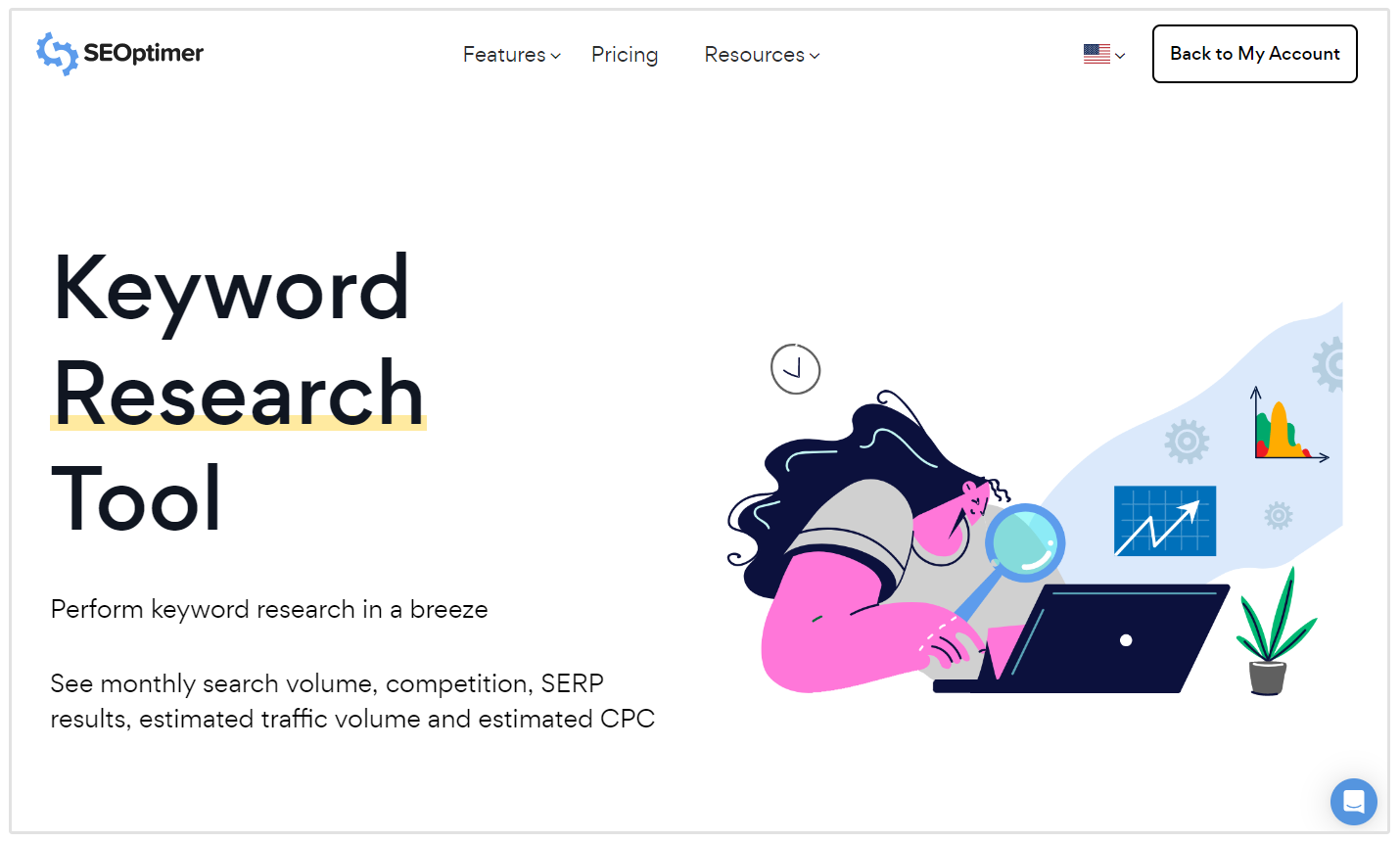Grasping Secondary Dimensions in Google Analytics: Their Value and Reliable Use
Wiki Article
Revealing the Effect of Secondary Measurement in Google Analytics on Information Analysis and Insights
In the world of information analytics, the application of second measurements within Google Analytics has actually arised as a pivotal tool for drawing out much deeper understandings and unraveling complex patterns that might otherwise stay covered. By peeling off back the layers of key data sets, secondary measurements provide a nuanced point of view that improves the understanding of customer actions, website performance, and the efficiency of advertising approaches.Checking Out the Idea of Second Measurements
Second dimensions in Google Analytics provide added understandings by allowing customers to evaluate key data in conjunction with a second characteristic. By including secondary measurements, individuals can dive deeper right into the information and discover valuable connections that could otherwise go unnoticed - what is a secondary dimension in google analytics.Comprehending the principle of secondary dimensions is essential for maximizing the potential of Google Analytics. It enables customers to sector data successfully, identify patterns, and make informed decisions based on an extra complete picture of their analytics data. By exploring the various second measurements available in Google Analytics, users can unlock brand-new understandings and maximize their electronic marketing initiatives. Essentially, additional measurements work as an effective tool for enhancing data analysis and driving workable outcomes.
Enhancing Information Interpretation With Additional Measurements
Having actually established the fundamental understanding of additional dimensions in Google Analytics and their crucial duty in data analysis, the emphasis now shifts towards leveraging these secondary credit to improve the analysis of analytics information (what is a secondary dimension in google analytics). By incorporating secondary measurements right into data evaluation, experts can get deeper understandings into individual behavior, internet site efficiency, and advertising efficiency

Furthermore, secondary dimensions aid in contextualizing key information metrics by offering extra layers of information. This contextualization aids in comprehending the 'why' behind the data fads, helping analysts make informed decisions and optimizations to boost overall performance. Ultimately, including additional dimensions enhances the data analysis process, resulting in even more meaningful insights and strategic activities.
Revealing Hidden Insights Via Second Dimensions
Checking out the midsts of analytics data with second dimensions reveals beneficial insights that would certainly otherwise remain obscured. By incorporating additional measurements in Google Analytics, services can unearth hidden patterns, patterns, and relationships that offer an even more detailed understanding of individual behavior and web site efficiency. These additional layers of data allow analysts to dive much deeper into the primary measurements, such as web traffic resources or landing pages, and obtain an extra nuanced viewpoint on just how various variables interact with each various other.Through the usage of additional measurements, experts can segment and contrast information across various dimensions, allowing them to recognize certain factors that influence customer i was reading this interaction, conversion prices, and general success metrics. By pairing the key measurement of 'device category' with the additional dimension of 'age team,' marketing experts can pinpoint which age demographics like accessing the website through mobile gadgets versus desktops.
Leveraging Additional Dimensions for Actionable Analytics
Structure upon the understandings unveiled via second measurements in Google Analytics, organizations can currently harness this enriched information landscape to drive workable analytics and calculated decision-making. By leveraging second measurements, organizations can delve deeper into their information to draw out useful patterns, trends, and connections that might have formerly gone unnoticed. This deeper degree of evaluation allows services to gain a more comprehensive understanding of individual behavior, project performance, and total web site performance.One key advantage of utilizing secondary measurements for actionable analytics is the ability to segment information based upon specific requirements. This division permits companies to tailor their techniques and campaigns to various audience teams, resulting in much more targeted and effective marketing efforts - what is a secondary dimension in google analytics. Furthermore, additional measurements give a more holistic view of individual communications, enabling companies to optimize their web site web content, design, and overall customer experience
Maximizing Decision-Making With Secondary Measurements
To boost strategic decision-making in analytics, leveraging secondary dimensions in Google Analytics can offer a much more nuanced perspective on user behavior and project efficiency. By integrating second measurements into information analysis, organizations can dig much deeper right into the specifics of their web site site visitors' interactions and interaction patterns. This extra layer of information allows for an extra thorough understanding of just how various variables, such as demographics, gadgets, or web traffic sources, influence key efficiency indications.
Verdict
Finally, the use of additional measurements in Google Analytics plays a vital role in boosting information evaluation and uncovering covert understandings. By exploring this principle, one can obtain a deeper understanding of individual behavior and make informed decisions based upon workable analytics. Leveraging secondary dimensions enables an extra detailed interpretation of data and makes the most of the performance of decision-making procedures.
Report this wiki page